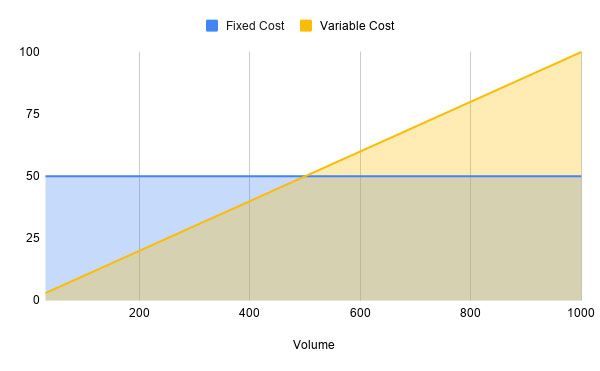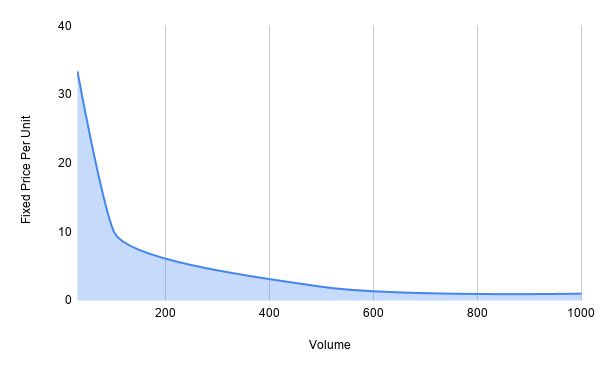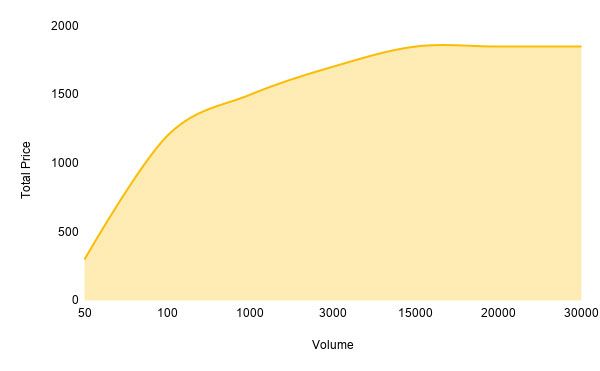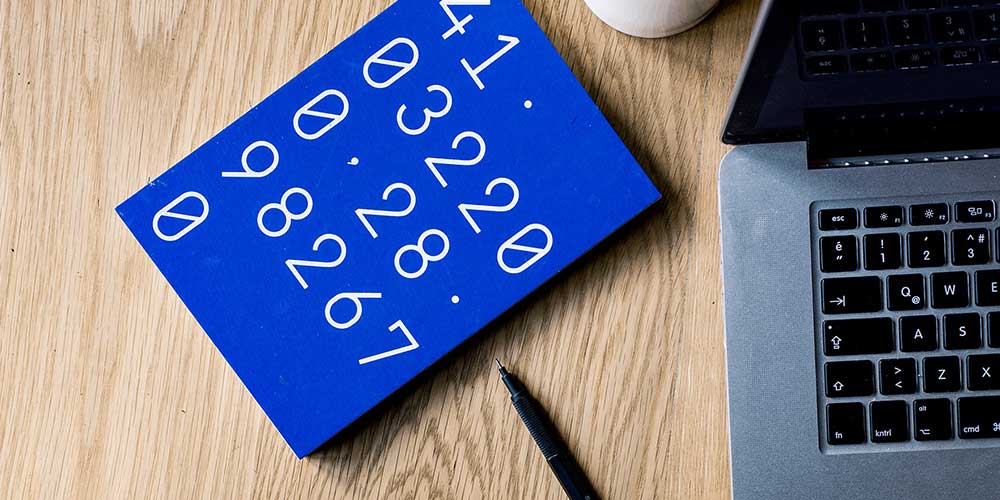
When it comes to budgeting, pricing of packaging often gets little attention. It is a common notion that custom packaging is for companies with big budgets. In order to validate your customer's purchase, your packaging needs to be attractive and functional.
This does not mean it needs to blow a hole in your wallet. While there is no set cost range for packaging, it is a good practice to make it a part of your product cost. Typically, companies spend 10-40% of the product’s retail price on packaging. For example, if the product sells $100, then the company might spend anywhere between $10-$40 on the packaging.
Pricing and packaging are interconnected aspects of a product's go-to-market strategy. They must be thoughtfully coordinated to ensure that the perceived value matches the cost for the consumer.
Components of packaging include design and prototypes, materials, production, labor, volume, freight, and shipping. The easiest way to procure packaging is to find a custom packaging supplier who would be able to make the process of ordering and receiving packaging painless.
One of the factors to consider before ordering packaging is the volume. Your volume is one of the key indicators of the price. With this blog post, we aim to equip you with the basics of costing, how quantity affects the prices of packaging, and how your brand can determine what quantities work for you.
Fixed and variable costs
Fixed Costs
Fixed costs are those costs that your manufacturer incurs no matter what the production output or volume is. Whether you order a small volume or large volume of packaging, these fixed costs will be constant. Fixes costs include, but are not limited to:
- Machinery setup costs
- Printing plate costs (most often associated with lithography and flexographic printing)
- Mould costs (diecutting, foil stamping, embossing, etc.)
- Cost for renting manufacturing facilities
The ratio of fixed costs to the number of units produced goes down as the number of units increases.
Variable Costs
Variable costs are costs that vary depending on the production output. Smaller volume orders would mean a smaller variable cost, and larger volume orders would mean a larger variable cost. These costs include, but are not limited to:
- Paper and material cost
- Hourly production wages
- Ink and lamination material
- Shipping costs
Variable costs increase as the number of units produced increases.

Fixed costs and variable costs combine to make up the total cost of your packaging. While the graph above is a simplistic example, you can see how at lower volumes, fixed costs make up a majority of cost compared to variable costs.
Economies of scale
You might have noticed that your supplier gives you lower unit prices when you order a higher volume than when you order a lower volume. This is due to the principle called economies of scale.
Economies of scale reduces the per unit fixed cost because the fixed cost gets spread across more units the higher the quantity.
To illustrate, let's assume that the fixed costs are $100 (ignore the variable costs for now).
- For an order volume of 100 units, the per unit fixed cost would then be $1 ($100 ÷ 100 units).
- If the order was for 1000 units, the per unit fixed cost would then be $0.10 ($100 ÷ 1000 units).
Ignoring variable costs, you can see that ordering 1000 units yields a lower per unit cost.
Now, I’m sure you are thinking, "Wouldn't the variable costs offset the fixed cost reduction?" Here is a price breakdown to explain economies of scale in the bigger picture.
Economics of Scale Example
For simplicity, let's assume the total fixed cost is $100 and the variable cost per unit is $1.
Example 1: You order 100 units of boxes.
- The fixed cost per unit is $1 ($100 ÷ 100 units)
- The variable cost per unit is $1.
- The total price per unit for 100 units would be $2 ($1 + $1).
Example 2: You order 1000 units of boxes.
- The fixed cost per unit is $0.10 ($100 ÷ 1000 units)
- The variable cost per unit is $1.
- The total price per unit for 1000 units would be $1.10 ($0.10 + $1).

While this example may seem a bit textbook, in reality, the variable costs are also affected by economies of scale, as the expanded scale of production increases the efficiency of the production process.
With economies of scale comes the ability for your brand to use the reduced cost in other functions or to even step up your packaging with the inclusion of specialized printing such as embossing or better packaging materials that can act as your business’ competitive advantage.
Diminishing returns
Diminishing returns or diminishing marginal returns is the principle that occurs when the increasing volume in the short run reaches an optimal capacity. Prior to optimal capacity, the increase leads to smaller increases in price. At optimal capacity, it stops affecting the cost of production regardless of the increase and results in a near flat-lined graph.

Diminishing returns example
We'll use the same assumptions as above, where the total fixed cost is $100 and the variable cost per unit is $1.
Example 1: You order 15,000 units of boxes.
- The fixed cost per unit is $0.007 ($100 ÷ 15,000 units)
- The variable cost per unit is $1.
- The total price per unit for 15,000 units would be $1.007 ($0.007 + $1).
Example 2: You order 20,000 units of boxes.
- The fixed cost per unit is $0.005 ($100 ÷ 20,000 units)
- The variable cost per unit is $1.
- The total price per unit for 20,000 units would be $1.005 ($0.005 + $1).
As you can see, while there is a somewhat large difference in volume of 5,000 units between the two examples, the difference in unit prices are only marginal.
In the above graph, the optimal capacity is at 15,000 units, and this means that anything above 15,000 units has little effect on the total price and does not result in a large decrease in the overall price.
Conclusion
The price of packaging is a crucial factor in overall product cost, often reflecting the materials used and the complexity of the design. It's a necessary investment for protecting the product and enhancing its marketability.
Having a good idea of your packaging budget and the costs for the different types of packaging allows you to make better decisions on what is required for your product and brand. Packaging should not be ignored when budgeting for your product.
